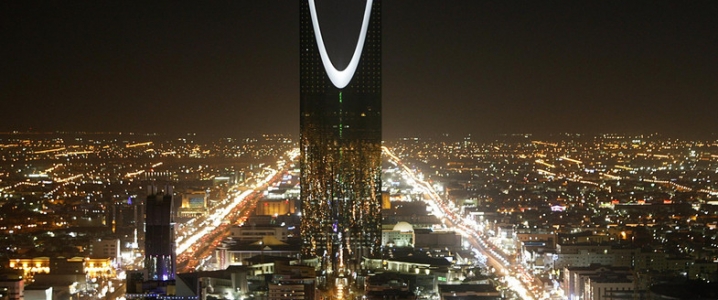The often-used phrase “becoming all things to all people” may work well in many contexts but in the energy patch, particularly with Saudi Arabia, it’s falling flat. The de facto OPEC leader and world’s largest oil exporter and third largest oil producer has been pledging many things lately, including going long on more gas investment and development both at home and abroad (including increasing investment in the U.S.-liquefied natural gas (LNG) sector, as well as expanding its already massive downstream investments globally. The kingdom has also tried to present itself as a more moderate Arab state, but since the October killing of Saudi dissident journalist Jamal Khashoggi in the Saudi consulate in Turkey, that image has largely been tarnished.
The kingdom has also pledged over the last several years to become one of the top global solar producers by investing some $350 billion in solar infrastructure. Last year, Riyadh said that by 2023 the kingdom can generate 10 percent of its power from solar and wind plants, at a projected cost of $50 billion. And in March, Saudi Crown Prince Mohammed bin Salman announced a $200 billion agreement with Japan’s SoftBank Group Corp. to build enough solar capacity to triple the kingdom’s current electric output. Going long on renewables, particularly solar, is also part of the crown prince's vision to revolutionize the Saudi economy, both in terms of modernization and to pivot away from over-reliance on crude oil.
New plans look good on paper
Saudi Arabia is also planning to tender 11 PV power projects with a combined capacity of 2,225 MW this year, while the kingdom's solar target for 2023 has just been revised up from 5.9 GW to 20 GW, and for 2030 set at 40 GW, The largest project includes the Alfaisalia project, with a capacity of 600 MW, while the Saudi Renewable Energy Project Development Office (REPDO0 intends to tender another four projects with an installed capacity of 300 MW each named Rabigh, Jeddah, Alras and Saad. And the tendering plan for 2019 includes a further six projects: Qurrayat – with a 200 MW capacity; another with the same name but 40 MW; Wadi Adwawser (70 MW); Madinah (50 MW); Rafha (45 MW); and Mahad Dahab (20 MW). Related: There’s No Sugarcoating Canada’s Oil Crisis
While this all looks good on paper and gives the media-savvy Saudi PR apparatus plenty of fodder to press the kingdom’s desire for a new image and to bring in more FDI, these plans may never materialize, and if they do, it may be a long time coming. To date, virtually no construction on projects has even begun according to media reports in the region. Likewise, Fatih Birol, executive director of the International Energy Agency (IEA) said in December that the Saudis have a "lot of stop and go" efforts in its renewables energy push.
Oil price and impact on solar
Another problem has been the price of oil. When oil prices start to increase, the Saudis pull back their efforts at wind and solar development, while showing more interest when prices are lower.
Related: Global Automakers To Spend $300 Billion On EVs In 10 Years
However, by developing solar power infrastructure the Saudis could eventually free up as much as 300,000 bpd to 1 million bpd of oil for exports (depending on whose data you use) that is currently used for domestic electricity production.
Therein, lies the problem, the price of oil reached four-year highs in early October, then lost much of those gains in the following three months only to recoup some of these loses at the start of the year. With some forecasts calling for $65-$70 oil up to the year 2023, it will lower the incentive for the Saudis to move away from over-reliance on oil export revenue and its solar and renewables development push. Jessica Obeid, a resident fellow at Chatham House said last year that Saudi Arabia has made a lot of splendid plans, but it has yet to execute any of them.”
If the future is any indication of the past, the execution of those plans may be a long time coming.
ADVERTISEMENT
By Tim Daiss for Oilprice.com
More Top Reads From Oilprice.com:
- Crude Oil Inventory Draw Fails To Move Market
- Oil Markets Could See Deficit In 2019
- U.S.-Qatar Energy Partnership Has Russia On Edge


















